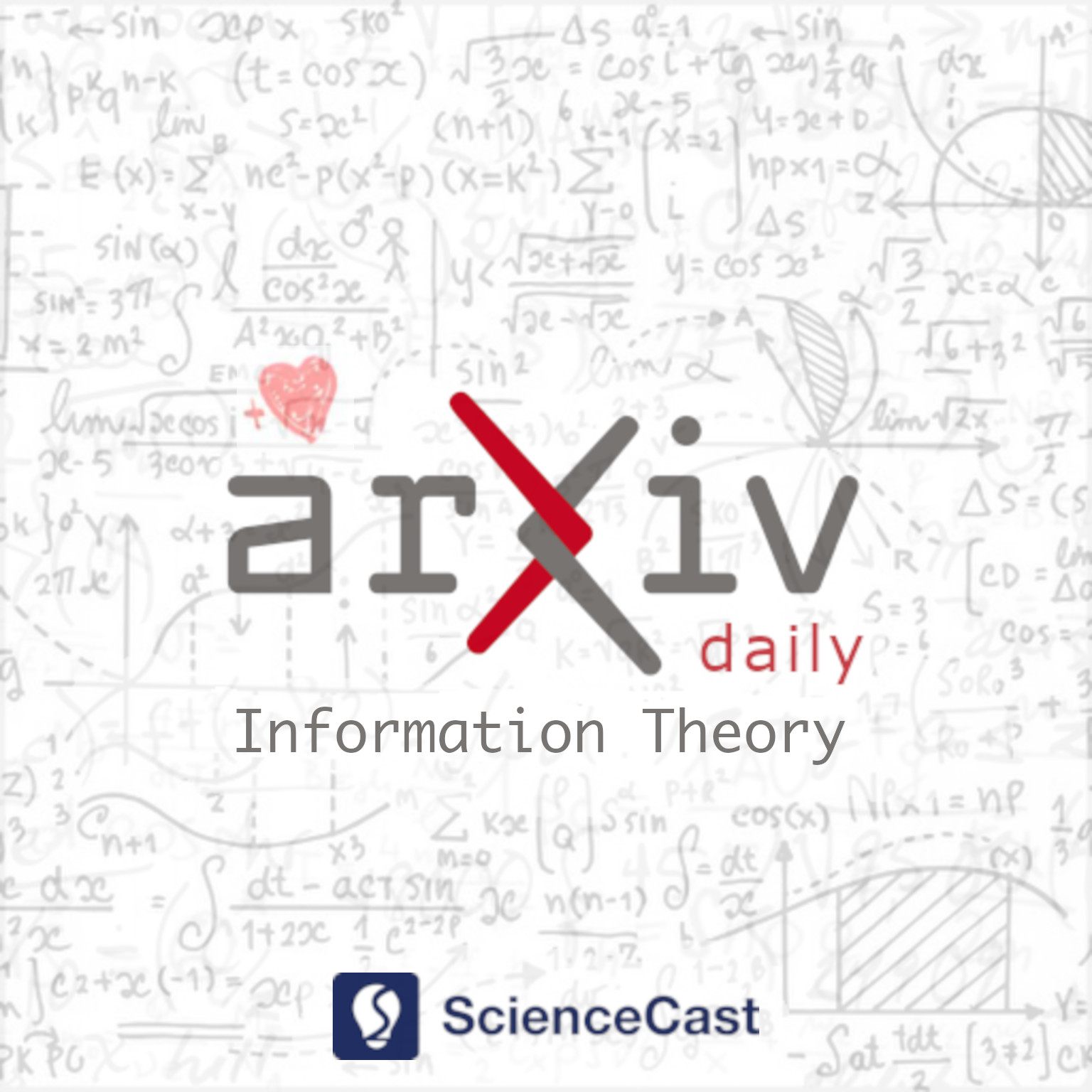
Information Theory (cs.IT)
Thu, 22 Jun 2023
1.On the Direct Construction of MDS and Near-MDS Matrices
Authors:Kishan Chand Gupta, Sumit Kumar Pandey, Susanta Samanta
Abstract: The optimal branch number of MDS matrices makes them a preferred choice for designing diffusion layers in many block ciphers and hash functions. Consequently, various methods have been proposed for designing MDS matrices, including search and direct methods. While exhaustive search is suitable for small order MDS matrices, direct constructions are preferred for larger orders due to the vast search space involved. In the literature, there has been extensive research on the direct construction of MDS matrices using both recursive and nonrecursive methods. On the other hand, in lightweight cryptography, Near-MDS (NMDS) matrices with sub-optimal branch numbers offer a better balance between security and efficiency as a diffusion layer compared to MDS matrices. However, no direct construction method is available in the literature for constructing recursive NMDS matrices. This paper introduces some direct constructions of NMDS matrices in both nonrecursive and recursive settings. Additionally, it presents some direct constructions of nonrecursive MDS matrices from the generalized Vandermonde matrices. We propose a method for constructing involutory MDS and NMDS matrices using generalized Vandermonde matrices. Furthermore, we prove some folklore results that are used in the literature related to the NMDS code.
2.Sum-Rate Maximization of RSMA-based Aerial Communications with Energy Harvesting: A Reinforcement Learning Approach
Authors:Jaehyup Seong, Mesut Toka, Wonjae Shin
Abstract: In this letter, we investigate a joint power and beamforming design problem for rate-splitting multiple access (RSMA)-based aerial communications with energy harvesting, where a self-sustainable aerial base station serves multiple users by utilizing the harvested energy. Considering maximizing the sum-rate from the long-term perspective, we utilize a deep reinforcement learning (DRL) approach, namely the soft actor-critic algorithm, to restrict the maximum transmission power at each time based on the stochastic property of the channel environment, harvested energy, and battery power information. Moreover, for designing precoders and power allocation among all the private/common streams of the RSMA, we employ sequential least squares programming (SLSQP) using the Han-Powell quasi-Newton method to maximize the sum-rate for the given transmission power via DRL. Numerical results show the superiority of the proposed scheme over several baseline methods in terms of the average sum-rate performance.
3.Rate-Splitting Multiple Access for 6G Networks: Ten Promising Scenarios and Applications
Authors:Jeonghun Park, Byungju Lee, Jinseok Choi, Hoon Lee, Namyoon Lee, Seok-Hwan Park, Kyoung-Jae Lee, Junil Choi, Sung Ho Chae, Sang-Woon Jeon, Kyung Sup Kwak, Bruno Clerckx, Wonjae Shin
Abstract: In the upcoming 6G era, multiple access (MA) will play an essential role in achieving high throughput performances required in a wide range of wireless applications. Since MA and interference management are closely related issues, the conventional MA techniques are limited in that they cannot provide near-optimal performance in universal interference regimes. Recently, rate-splitting multiple access (RSMA) has been gaining much attention. RSMA splits an individual message into two parts: a common part, decodable by every user, and a private part, decodable only by the intended user. Each user first decodes the common message and then decodes its private message by applying successive interference cancellation (SIC). By doing so, RSMA not only embraces the existing MA techniques as special cases but also provides significant performance gains by efficiently mitigating inter-user interference in a broad range of interference regimes. In this article, we first present the theoretical foundation of RSMA. Subsequently, we put forth four key benefits of RSMA: spectral efficiency, robustness, scalability, and flexibility. Upon this, we describe how RSMA can enable ten promising scenarios and applications along with future research directions to pave the way for 6G.
4.Improved Signal Detection for Ambient Backscatter Communications
Authors:S. Zargari, C. Tellambura, A. Maaref
Abstract: In ambient backscatter communication (AmBC) systems, passive tags connect to a reader by reflecting an ambient radio frequency (RF) signal. However, the reader may not know the channel states and RF source parameters and can experience interference. The traditional energy detector (TED) appears to be an ideal solution. However, it performs poorly under these conditions. To address this, we propose two new detectors: (1) A joint correlation-energy detector (JCED) based on the first-order correlation of the received samples and (2) An improved energy detector (IED) based on the p-th norm of the received signal vector. We compare the performance of the IED and TED under generalized noise modeled using the McLeish distribution and derive a general analytical formula for the area under the receiver operating characteristic (ROC) curves. Based on our results, both detectors outperform TED. For example, the probability of detection with a false alarm rate of 1% for JCED and IED is 14% and 5% higher, respectively, compared to TED. These gains are even higher using the direct interference cancellation (DIC) technique, with increases of 16% and 7%, respectively. Overall, our proposed detectors offer better performance than the TED, making them useful tools for improving AmBC system performance.